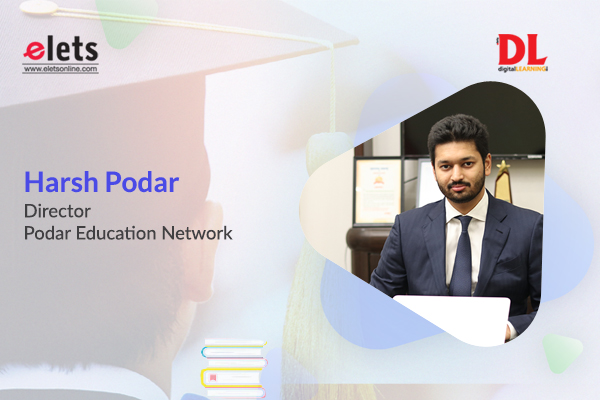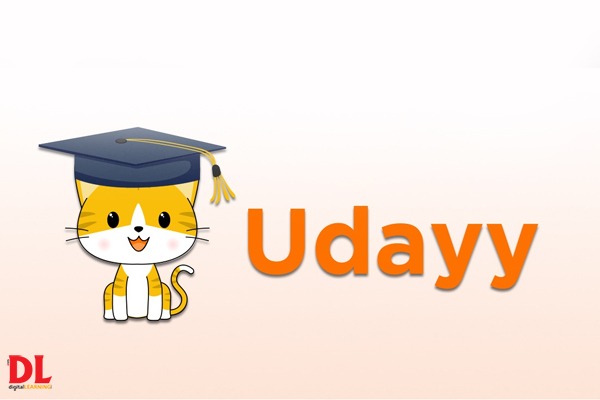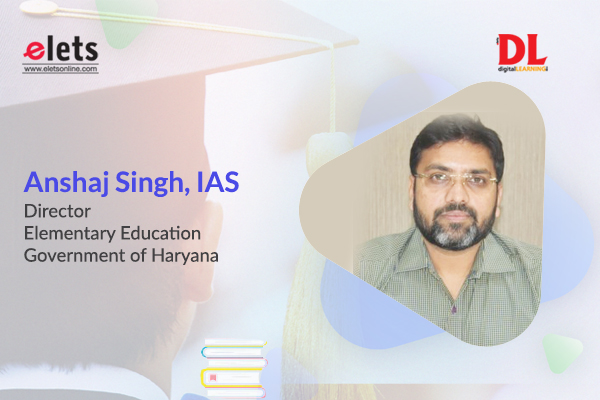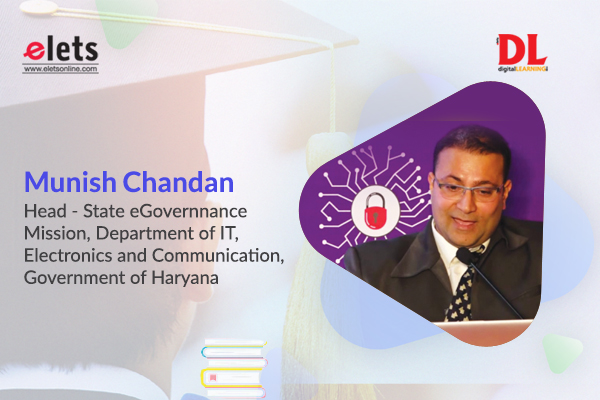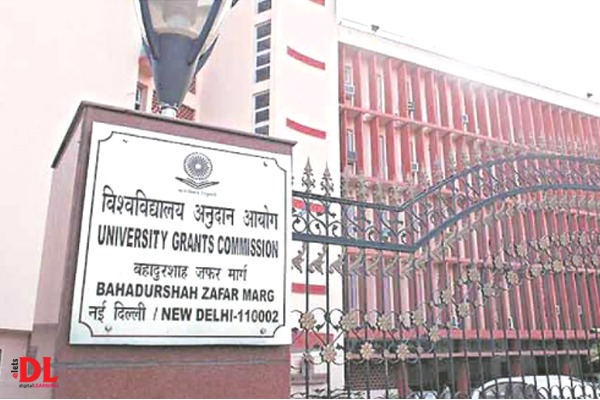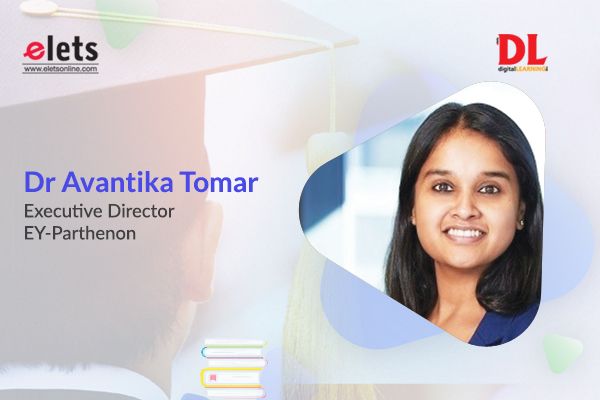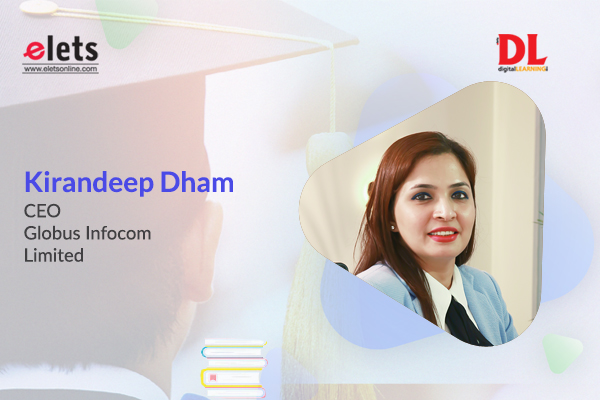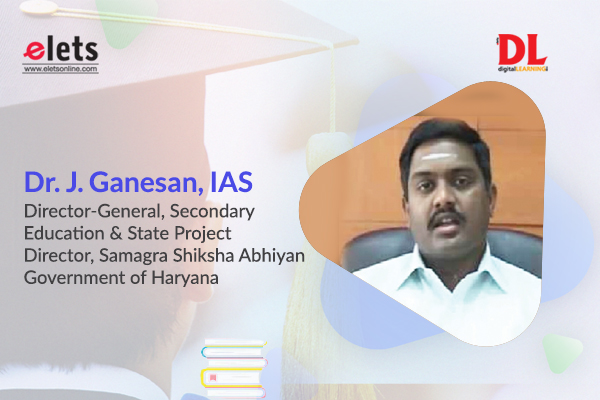In the times of Instant Gratification and ‘On demand’ purchases, one may wonder how this will play up in the education sector that has largely been a brick-and-mortar system. Education is influenced by superior classroom teaching pedagogy and largely a multi step, long process of learning, application and milestone-based growth.
As the consumption patterns are changing with a stronger appetite to consume more content in less span of time, education institutes and ed-tech companies surely have a huge process of thinking to do. A casual conversation with a professor of a premier B-School in India brought out a powerful depiction on post-COVID times and the dependence on technology. He said, “We need to rethink the way higher education is delivered. The technology has shrunk boundaries and students are finding value in being at home and getting degrees along with picking up work experience through projects. Even though we are amongst the top 5 B-Schools in the country, we need to develop new ways of providing content to students that will bring them closer to actual learning despite shorter attention spans.”
In such a backdrop, daunting challenges are staring at India’s education model. From inefficiencies in basic education that existed even before the pandemic, where one in two children lacked basic reading proficiency at the age of 10, to a staggering 46% unemployment rates reported at graduation and post-graduation levels, there has to be technological intervention at a massive scale to repair the current problems.
Coinciding with the learning crisis is the Fourth Industrial Revolution which demands a skilled workforce that is ready to deliver and adapt as fast as they can with a stronger and deeper understanding of emerging business models. Thus, the new imperative now is to reimagine education and align it with the unprecedented technological transformation. While critics may have a view on the service delivery models of new age companies, ED-tech companies as well as education institutes will need to rethink on new ways to deliver education to address the impending need to weave technology into education.
Educational institutes can bring about this change strategically and in a phased manner:
• Start with the basic premise that technology doesn’t replace teachers. Teachers must co-exist for better learning of students. The tech solutions are impactful only when complemented by teachers whose training and continuous professional development is the mainframe agenda of the institutes.
• Leverage the digital boost provided by the Government of India in form of tech infrastructure, internet connectivity and programmes such as Digital India, open-source learning and the new education policy that urges integration of technology at each level.
• Improve governance systems, including learner feedback processes, ability to innovate on the learning design, establishing correlation between skills taught and skills imparted, and leveraging matrices such as improvement in employability at the core of each intervention.
• Collaborate with Industry and ensure there is meaningful participation beyond campus for familiarisation with corporate formats.
Intervention of technology at the higher education level should improve multiple matrices that have been a cause of concern and has proven to be an opportunity for a comprehensive solution. These matrices could include:
• Engaging learners in formats that help impart essential skill sets and thus, improve employability
• Curation and integration of solutions through enhanced corporate – academia partnerships
• Incorporating the voices of each stakeholder have been considered – teachers, learners, academic institutes and corporates at large.









